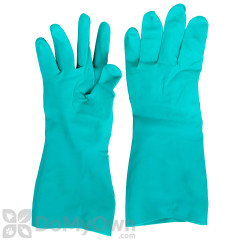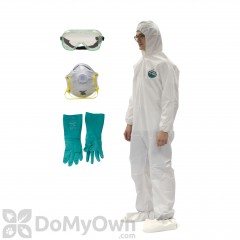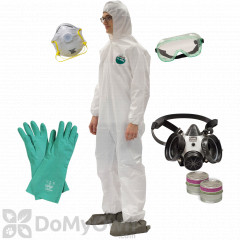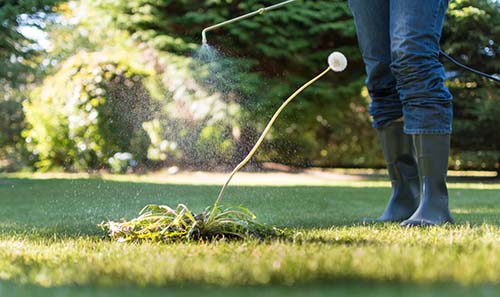
In the 1970s, greenhouse growers began to notice that the insecticides they were spraying to control aphids and thrips no longer seemed effective. They were using the same products they had always used, the same products that had always worked before. But now they weren't seeing results, the pests seemed unbothered by the insecticides. Further research concluded that these pests had become resistant to the insecticides. This was the start of multiple studies and millions of dollars of research into insecticide resistance.
What is Resistance?
Insecticide resistance is the decline in sensitivity of a pest to the effects of an insecticide. In other words, it means a product that is designed to kill pests no longer does or is less effective than it is designed to be.
Insects evolve to block insecticides from affecting them based on the mode of action of the insecticide, or how to insecticide works within the pest.
What is Mode of Action
Insecticides are chemicals designed to kill pests and control pest infestations. Insecticides can be divided into different classes, based on their mode of action, or how they affect various insects. Some insecticide classes include:
- Carbamates
- Pyrethroids
- Neonicotinoids
What the greenhouse growers observed in the 1970s, and what scientists have studied for the past 50 years, is that pests become resistant to insecticides with certain modes of action over time. They evolve to block the effects of that mode of action in their bodies, then pass down that trait to future generations. This results in insecticides becoming less and less effective.
What is Resistance Management?
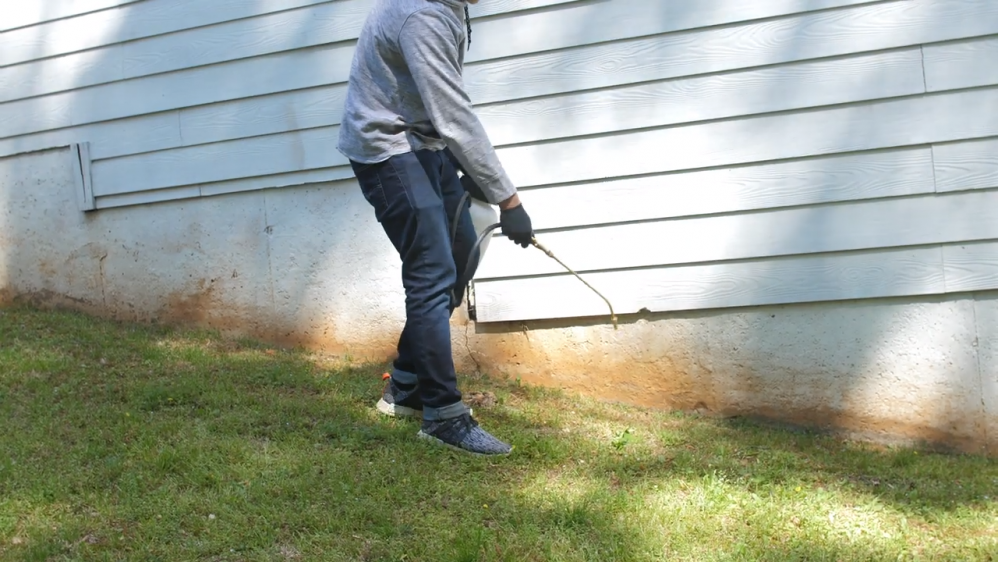
Resistance management is the method of combating insecticide resistance in pests through product rotation. By rotating the products used in your pest control treatments, you can prolong the effects of the insecticide and create the best possibility of pests being controlled by insecticides.
Often, you may not be sure which insecticides pests are resistant to (if any). By using multiple insecticide modes of action within a treatment period, you have the best chance of using an insecticide the pests are not resistant to, that will help knockdown the pest.
Resistance also builds the longer a pest is exposed to a chemical. By rotating, the pests is not exposed to that chemical as often, decreasing resistance for future generations.
How to Rotate Your Insecticides
When selecting an insecticide, you should look at three main features:
- 1. What pest or pests does it treat?
- 2. Where can it be used? Indoors, outside, on fabrics, in rooms?
- 3. What is the active ingredient and mode of action?
Once you select an insecticide that meets your needs, select another insecticide that meets the needs of number 1 and 2, but has a different active ingredient and mode of action as the first insecticide you chose.
When applying, space your treatments according to the product labels. A general preventative perimeter outdoor treatment will need to be applied every 30 to 60 days while a treatment for roaches indoors may need to be applied every 7 days. Switch which products you use for treatments between every treatment or every other treatment.
Pro Tip
DoMyOwn Pest Box Subscription Program helps take the guesswork out of your perimeter pest control treatments by shipping insecticides directly to your door. The products are sized right for your home and rotate to prevent resistance. Learn more about the program and additional member savings here.
If you have any additional questions about resistance or how to select insecticides, give our experts a call at 866-581-7378 or email [email protected].
